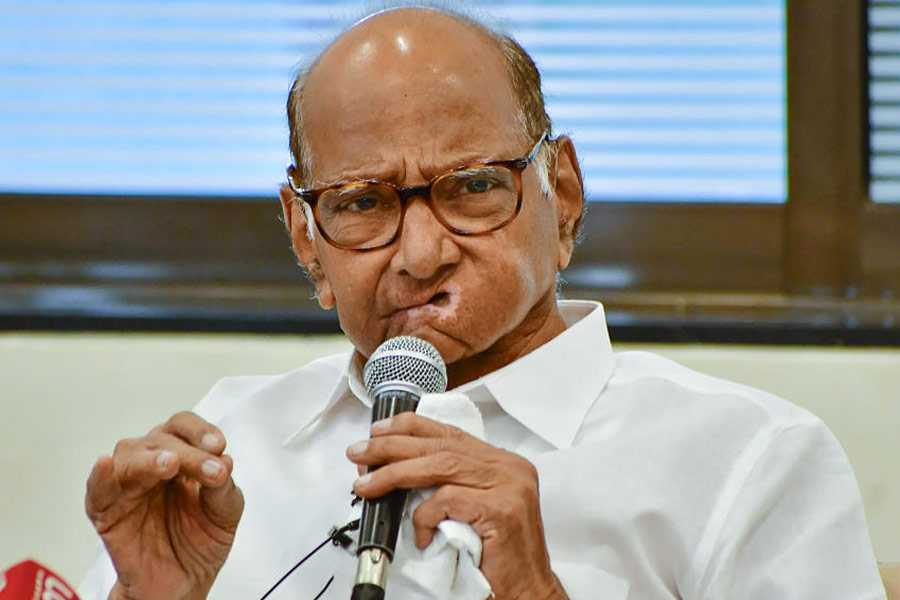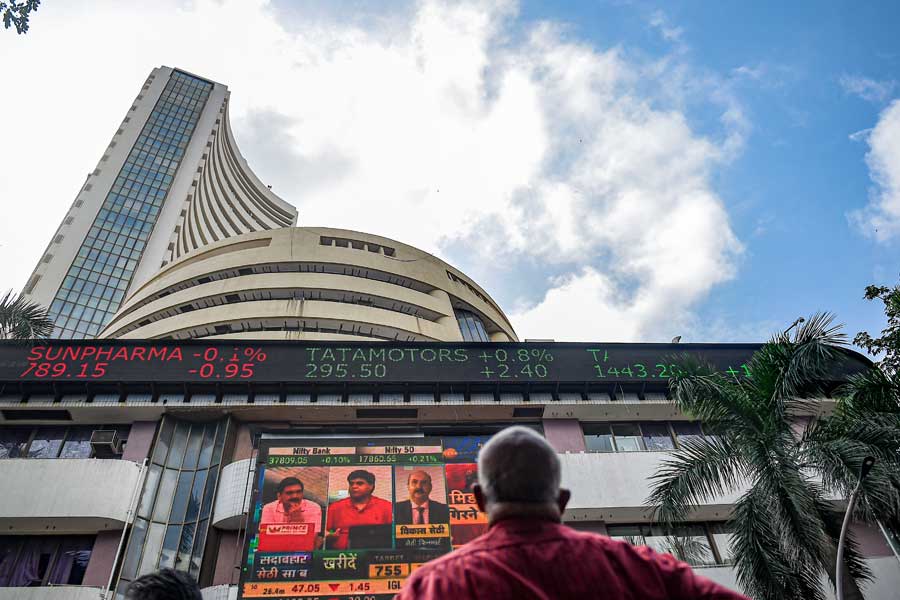India’s youth are often touted to be the foundation of the nation’s demographic dividend. However, a vibrant economy needs a large, healthy working-age population to sustain itself — and this is where India seems to be faring poorly. A 2021 survey report had found that more than two-thirds of individuals suffering from non-communicable diseases, like hypertension, cardiovascular diseases, diabetes, neurological disorders and so on, fall within the economically productive age groups between 26 and 59 years. Now, a more recent study has found that half of Indians who develop any one among seven of these chronic ailments do so by the age of 53. High blood pressure, diabetes and arthritis occupy the top three spots on the list of NCDs affecting Indians. While it is true that adopting a healthier lifestyle and giving up the use of tobacco and alcohol can reduce the chances of acquiring these afflictions, poor public health financing, it must be acknowledged, aggravates the challenge. That around 400 million Indians lack adequate financial protection for medical expenses, as per the Niti Aayog, is ample evidence of that. It is not surprising that low and middle-income economies suffer the most in this aspect; caring for NCDs leaves households susceptible to catastrophic health expenditure wherein families have to spend in excess of 10% of their regular household expenditure on getting medical treatment.
There are other disruptive consequences of this malady. The early onset of NCDs will shrink the number of productive years that India’s working-age population can devote to economically profitable endeavours. This lost economic output is estimated to cost the nation at least 3.5 trillion dollars by 2030. Unfortunately, the government does not seem to be too concerned by the looming public health crisis. The Union budget for 2023-24 allocated Rs 89,155 crore to the ministry of health and family welfare — its 2.1% share of the gross domestic product pales in comparison to the roughly 8.5% that South Africa spent in 2020, let alone the finances devoted to health budgets formulated by governments in the developed world. The economic interests of the nation, if not the health of its citizens, necessitate a wider outlay of funding and a planned approach towards tackling the problem of NCDs, failing which, India’s working-age population would increasingly be at risk of being hobbled prematurely.










